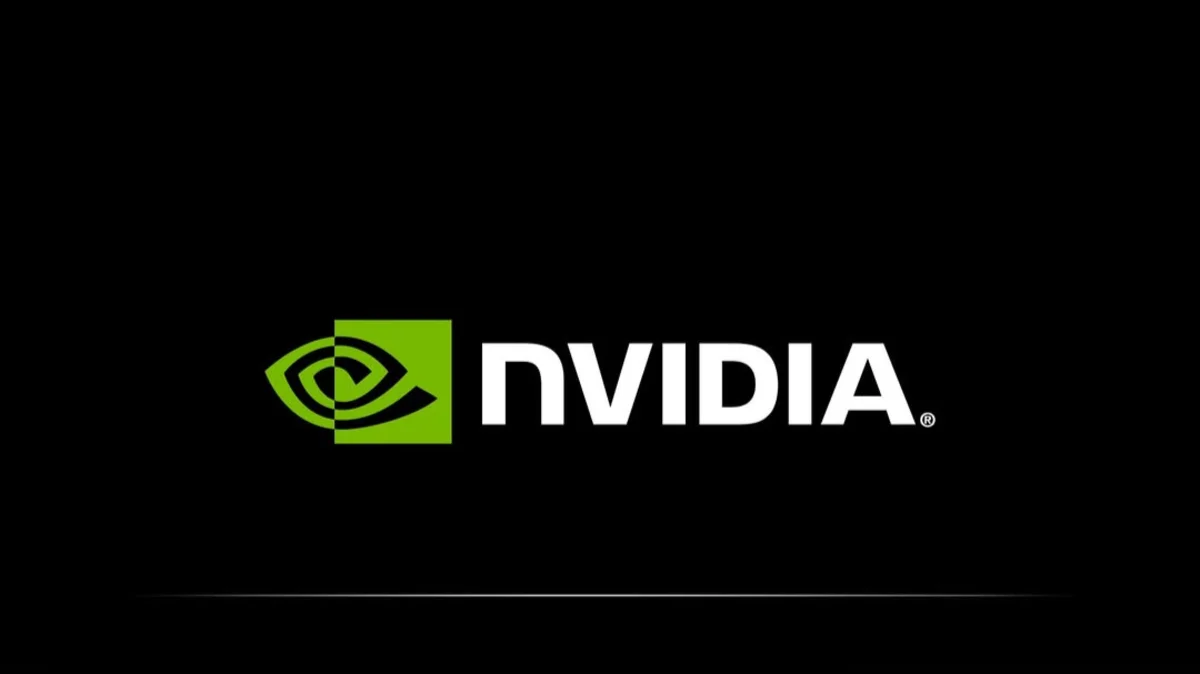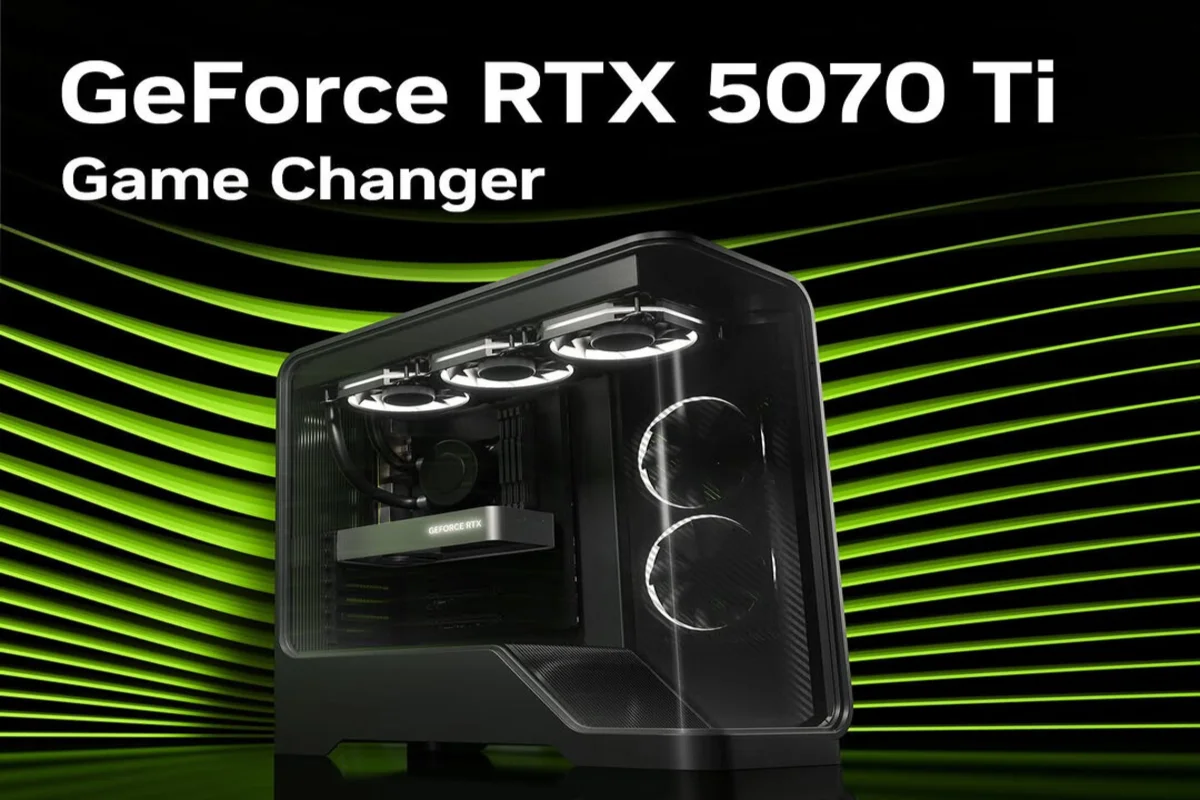Intel has launched their processors-“Xeon 6500 Processors and 6700 Processors with Performance Cores (P-Cores)”-late February of 2025. Both IT managers and HPC enthusiasts sat up long into the night, watching as Intel released the Xeon 6500 and 6700 processors having performance cores (P-Cores) for the most intensive workloads. Not updates but declarations in the high-performance computing (HPC) race, these advanced chips up to 86 cores, advanced AI capabilities, and data center design way most likely revolutionize the scientific simulations and enterprise AI models. The new Xeon 6500/6700 series is talked about everywhere, including among IT managers and HPC fans.
Powering Up the Core Experience
Your vision of a dream machine may be a super-fast server or an ultra-modern r&d rig; whatever it may be, it needs a heart full of muscle and passion: the Intel Xeon 6500/6700 processor. With up to 86 P-Cores (quite an update from the earlier Xeon 6 variants), the chips are built on Granite Rapids architecture. These P-Cores, unlike their efficiency-oriented E-Cores based earlier Lehon, are all muscle-think of them as muscle car engines within the CPU world.
What does that imply? In particular, Intel says these processors go all the way up to 1.4 times better performance on workloads in comparison to last-gen. If you are managing a worldwide business’s database, or running climate models to simulate weather patterns for the next decade-the boost is real. Imagine a scientist sitting there with a cup of coffee, giving an involuntary grin as their simulation wraps up hours earlier than anyone guessed. Oh, wait, it isn’t just speed; you’ve got Intel supporting a whopping eight DDR5 memory channels, be it DDR5-6400 or DDR5-8000 with MRDIMM modules. This way, it forms a huge data pipeline, feeding to cores everything they need to strut their stuff.
Here’s the catch, though-these penetrate all the way to eight sockets, meaning that you can get an insatiable 688 cores encompassed within one gargantuan system. At this point, I’m pondering if your data center would unintentionally set off a rocket. Fantastic scalability here, truly great for workloads in that HPC space-like real-time analytics or large-scale AI training. Intel is saying moving into the big boys’ stadium; I am right there with them.
AI Gets a Front-Row Seat
AI in itself is not a hype-noise but quite a lot more than that. Self-driving cars, personalized medicine make use of AI workaround functionality in their working. For this Xeon 6500/6700 series, Intel does not budge for AI workloads. “Among Intel’s additions with Advanced Matrix Extensions (AMX) speed up the math on matrix equations-the numeracy behind AI’s thousands of calculations. Compared with AMD’s fifth-gen EPYC processors, Intel claims that the Xeon 6700/6500 provides as much as 1. 5 times better performance at AI inference, using fewer cores. This is akin to getting a lot without incurring the cost of changing everything in your entire rig.
But imagine a little company working behind the scenes on a generative AI model for hyper-real graphics. These chips are the ones that can deal with the big boys-and even overtake them-while using only 150 to 350 watts of TDP. On this basis, Intel boasts an old server consolidation ratio of 5: 1, meaning that it can be replaced by one of these servers. This is efficient and powerful, and I’m wondering how many old machines I could retire in a data center.
But there is also a human dimension. Between large AI models, but still very useful for a mid-sized AI model into inferencing or retrieval-augmented generation (RAG). Inclusive great chatbots that really get you-think systems extracting real-time insights by going through giant datasets. For costing businesses, this would mean being in competition without breaking the bank on dedicated accelerator setups. You may have these Xeons combined with a GPU for heavy lifting, but for many workloads, they are ready to go it alone. It’s like a sledgehammer of versatility.
Efficiency Meets Ambition
But that’s it: This performance is not free—paid for in dollars and watts. Data centers hog energy, and when they come in sight of a climate goal, high performance becomes equally important. A balance that is hard to ignore is struck by the Xeon 6500/6700 series. The TDP ceiling is at 350 watts, leaving these chips far from sucking power like some high-core competitors. Intel has optimized per-core performance. It is not just adding cores to a problem, but making each one of them work smarter.
I can hear the IT crowd sighing in relief about now as they realize they won’t have to double their cooling budget. The processors can support up to 136 PCIe 5. 0 lanes in single-socket configurations (88 in multi-socket), giving room for the installation of accelerators or high-speed storage without hitting the point of exhaustion for the system. A very clever move-Intel has obviously listened to the people who live server racks. Bring up to 4TB, and you’ve got room for the most memory-hungry HPC applications-genomic sequencing, financial modeling.
There is a narrative here that speaks of ambition and practicality. Intel isn’t after most cores; after all, the Xeon 6900P tops at a mere 128 cores. But it has an extensive line-up that caters to wider needs. The 6500/6700 series is that which gives serious power without the hassle (or cost) of a flagship 6900P; it’s like choosing a sports car fast enough to satiate but not so much that you need a racecar pit crew. For companies building multi-socket monsters or upgrading edge servers, that flexibility is priceless.
Intel Xeon 6500/6700: The Bigger Picture
So what’s the way forward? The Intel Xeon 6500/6700 processors have turned out to be the consummate love letter to high-performance computing: the amalgamation of sheer brawn, AI-ready swell-thoughts with efficiency that keeps the lights on but doesn’t turn the globe into ash. Certainly, they are not meant for every niche (if you need 288 E-Cores, see the Xeon 6900E next quarter), but they would be very competitive for data center deployments doing AI, HPC, and enterprise workloads.
Candidly, though, it brings to mind all the faces behind it: those engineers coding late into the night, sysadmins who wake up from their sleep dreaming of easier upgrades, and niggling researchers eager to cross new frontiers. No, these chips are not mere silicon; they will work for human ambition. It would propel some new scientific breakthrough or carry some next great AI breakthrough, and in that sense, the Xeon 6500/6700 series will re-draft the term possible. Personally, being the geek on technology that makes life easier, I would say Intel has delivered. Now, if you would not mind, I need to start falling into a daydream, imagining what I would build with 688 cores at my command.


